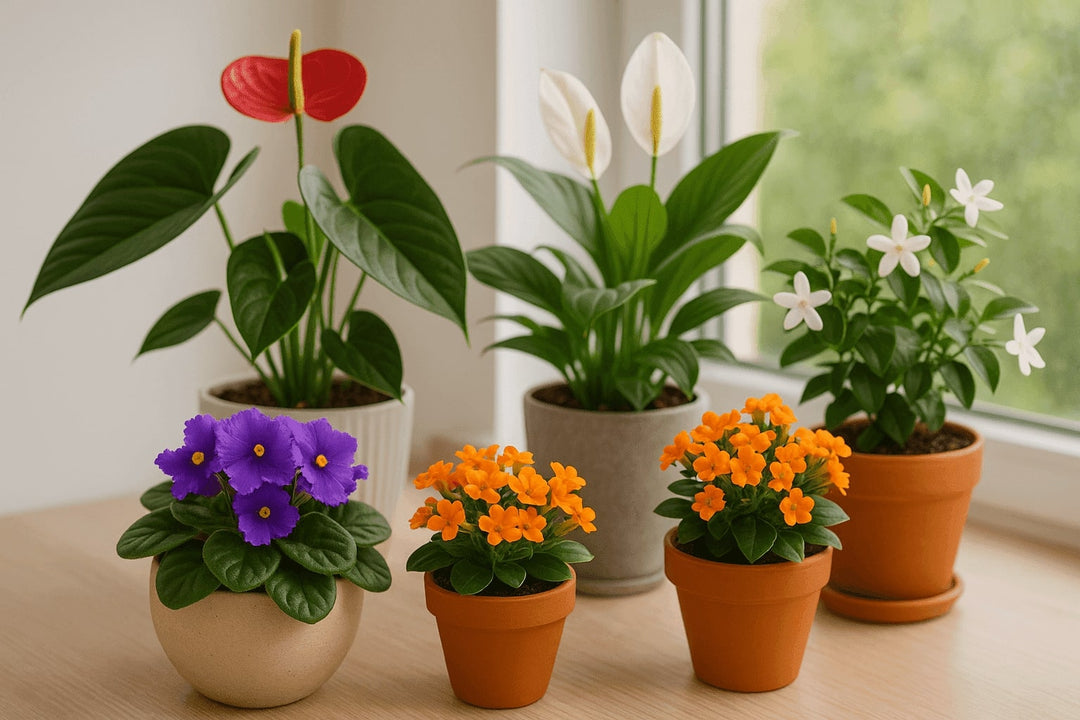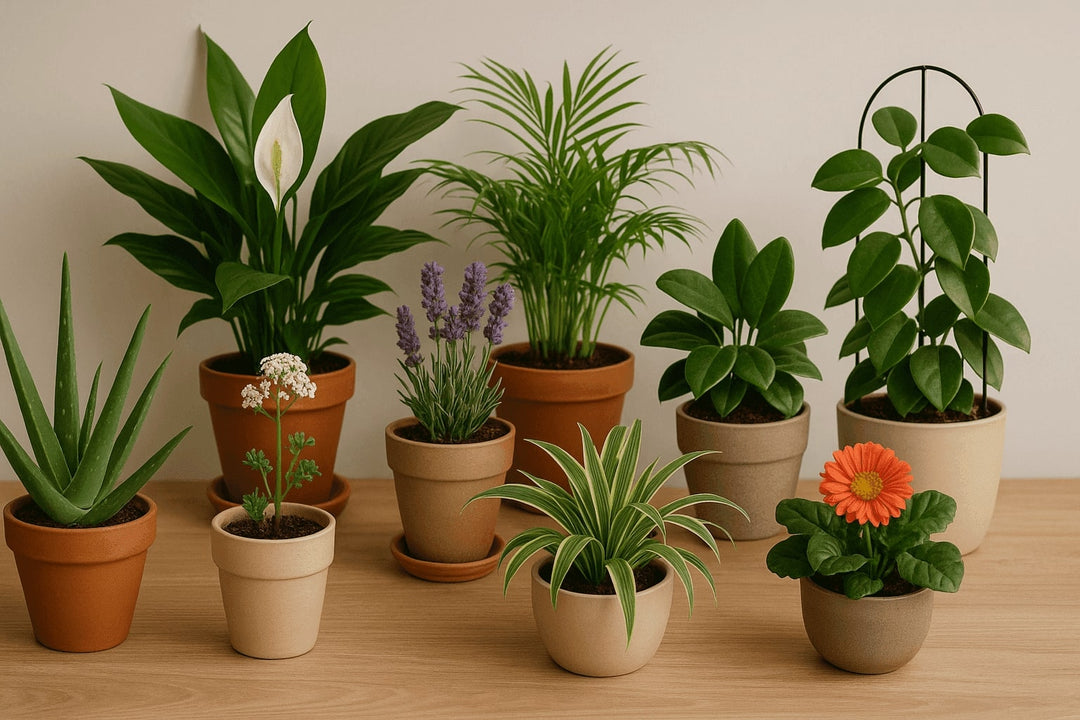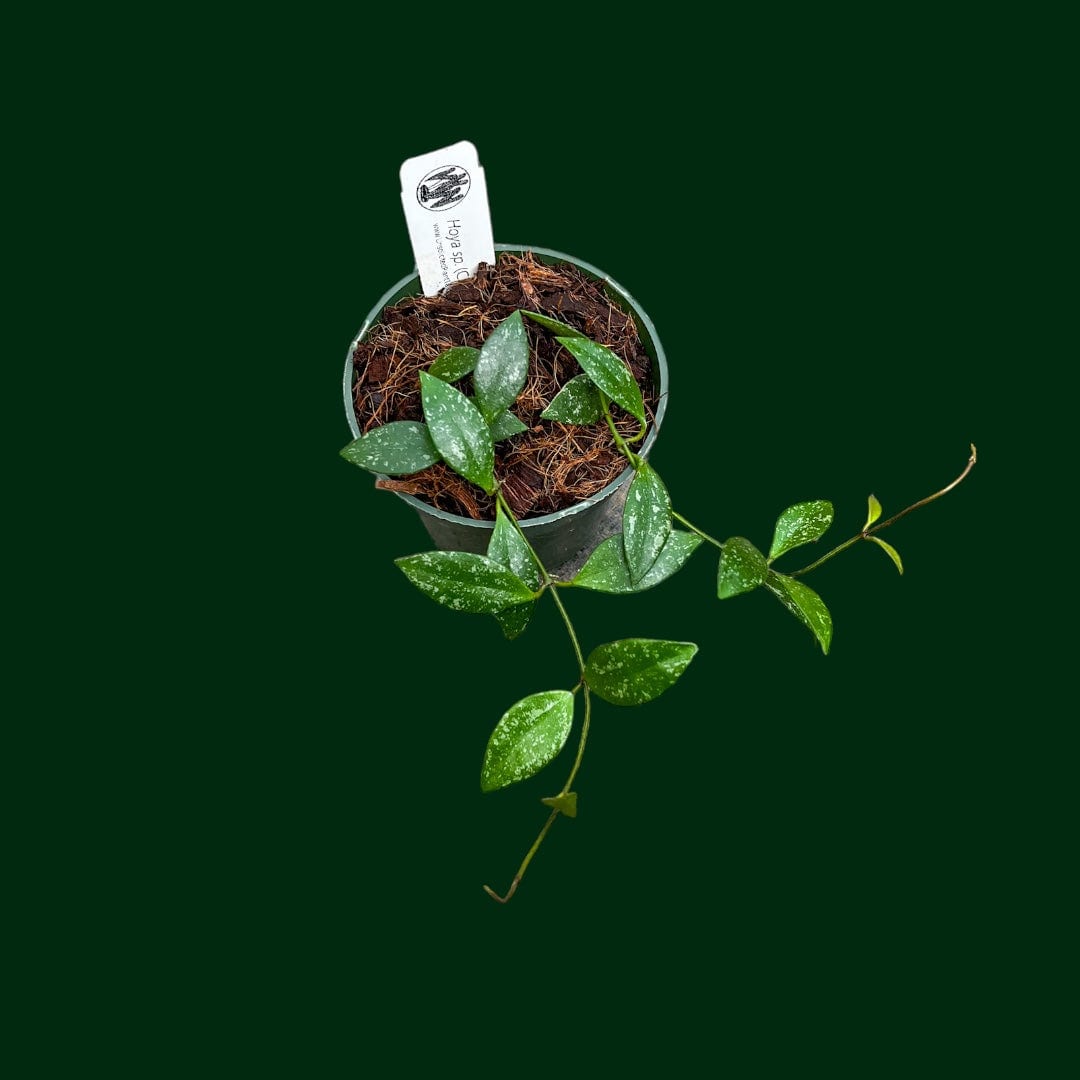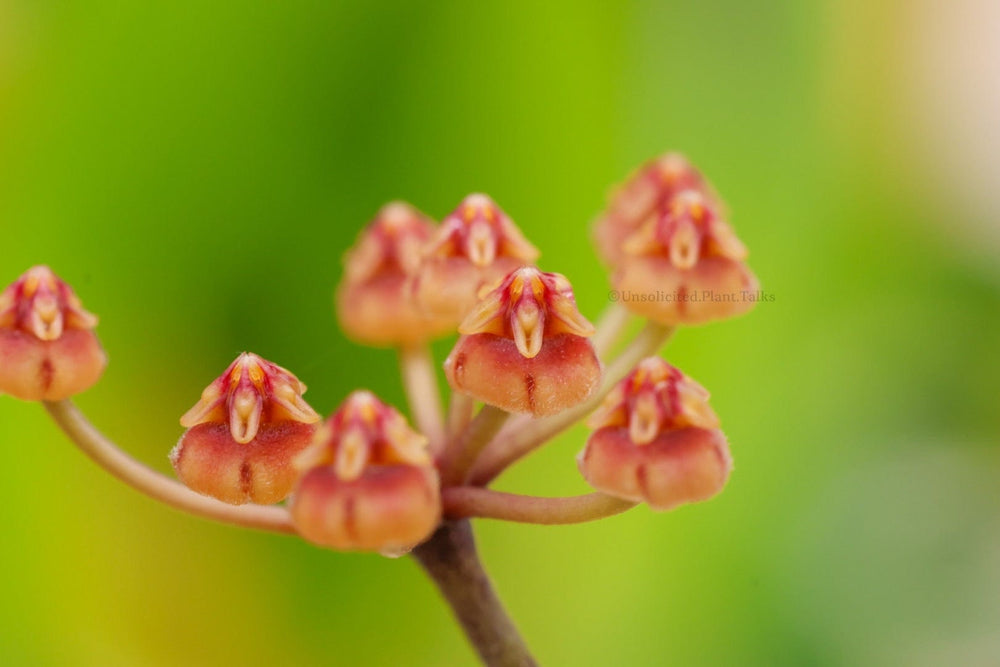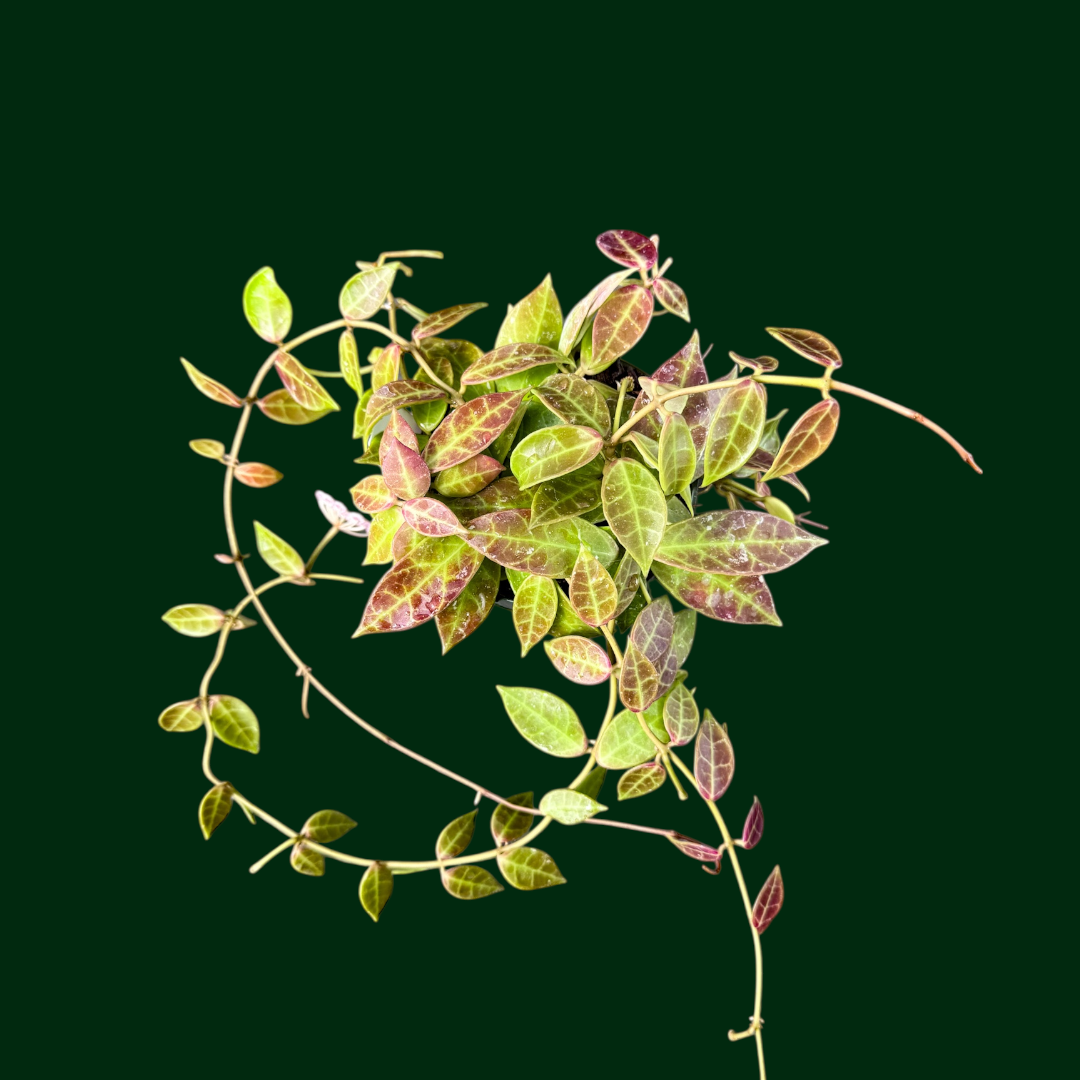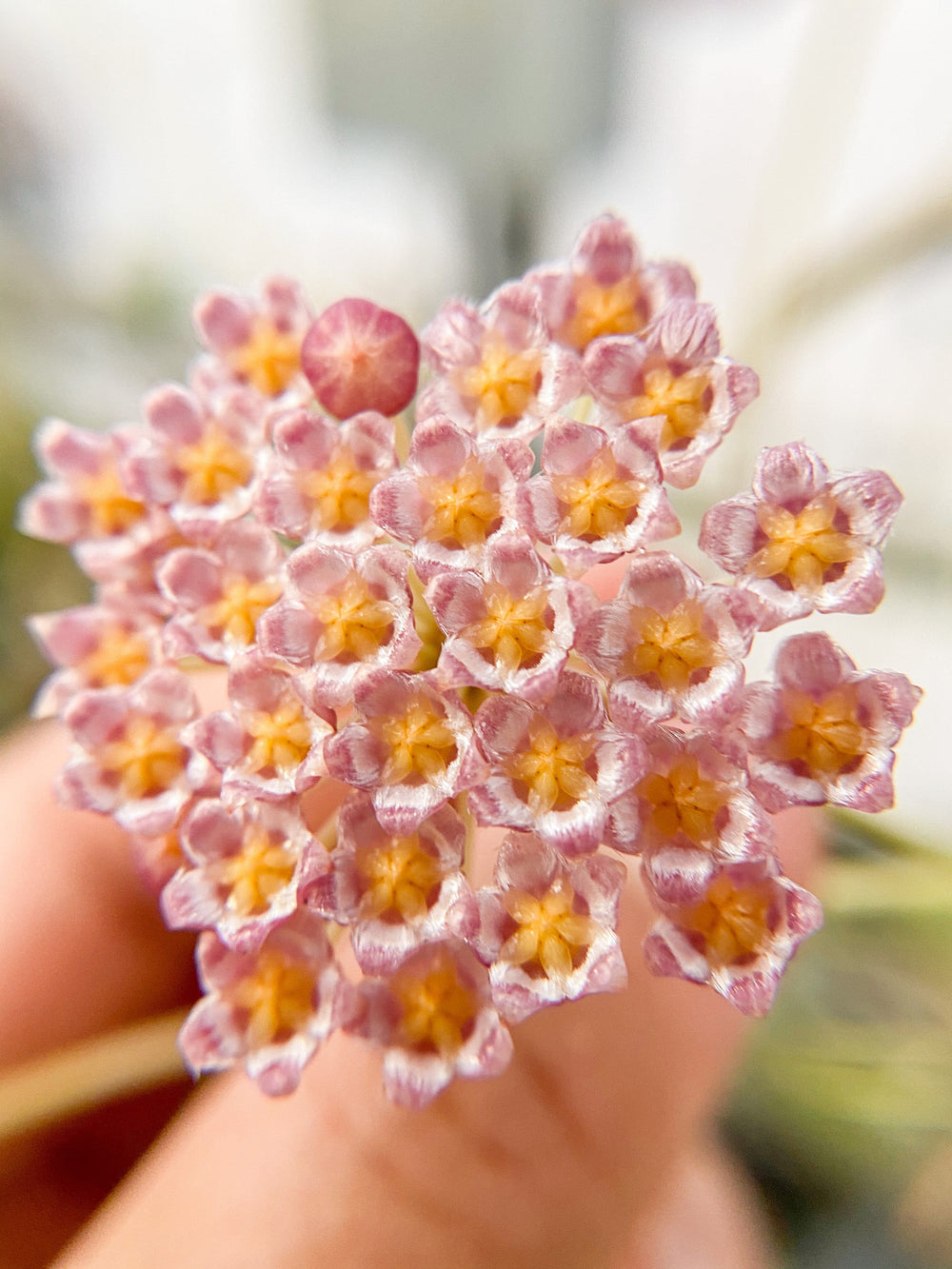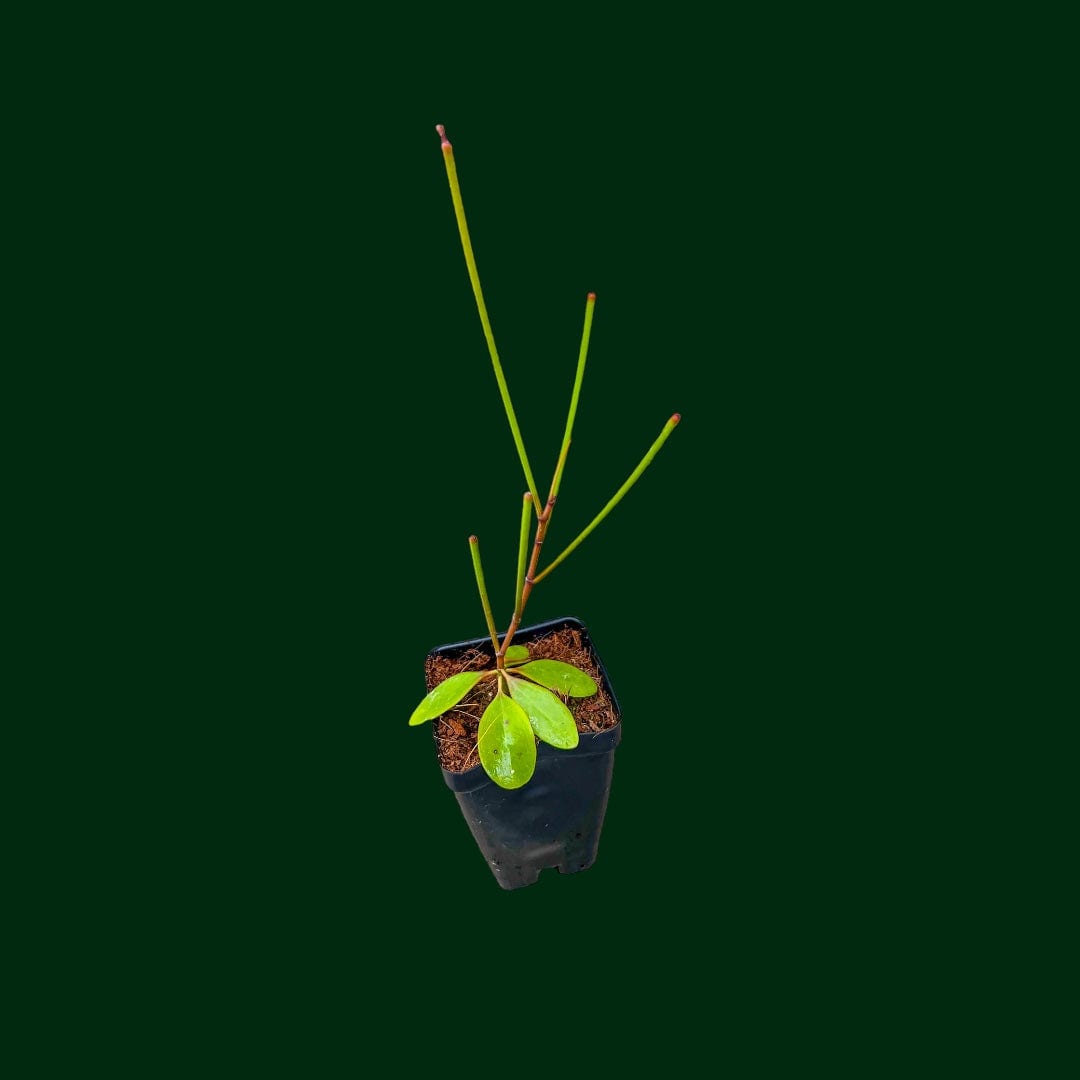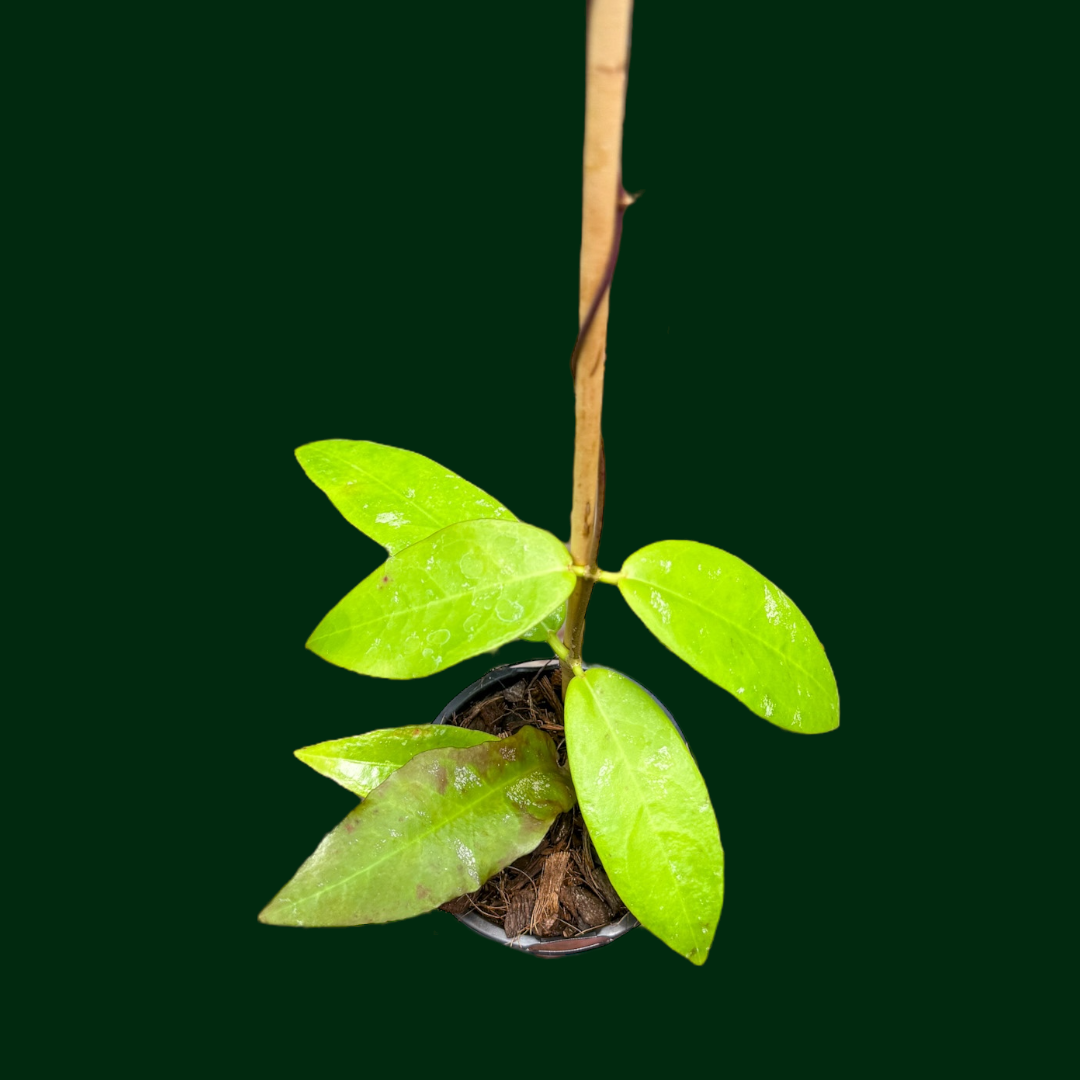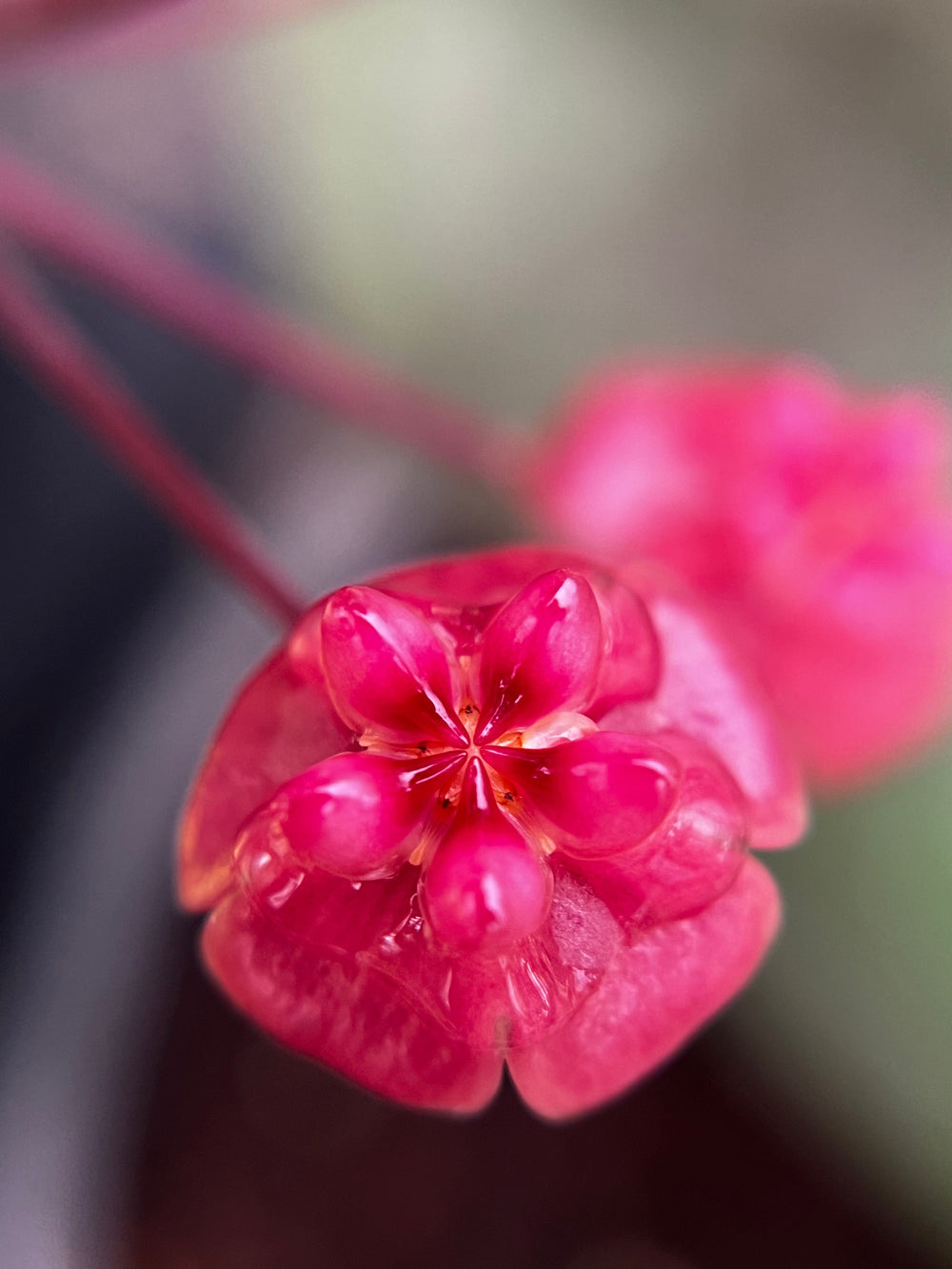Hoya Plant Care Guide - How to Care for a Hoya Plant?
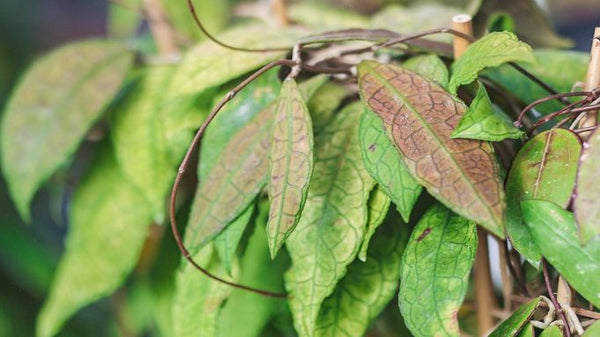
Table of Contents
- Ideal Conditions for Hoya Plants to Thrive
- How to Repot Your Hoya Plant
- How to Propagate Your Hoya Plants
- Pruning Your Hoya Plant
- Cleaning Your Hoya Plant
- Hoya Plant Care Guide - An Overview
- Common Hoya Care Mistakes
- The Bottom Line
But what does taking care of them actually entails? Take a look at our comprehensive Hoya plant care guide, and learn all there is to know about how to care for a Hoya plant.
Ideal Conditions for Hoya Plants to Thrive
While there are many different types of Hoya plants, most of them need similar conditions in order to flourish. Things like how much light the plant gets or the temperature surrounding it can truly make or break a plant, so it’s important to get them right for your Hoya to grow and reward you with a beautiful array of flower clusters when the time comes.
Light
When it comes to how much light Hoya plants need, you should place them in a location where they will have access to indirect sunlight for at least six hours a day. Medium to low light would be fine too, but keep in mind that they won’t be as strong as the plants kept in indirect light, and they will have fewer leaves too.
As for direct sunlight, a maximum of two hours, either in the morning or evening, should be fine, depending on the plant, but you have to remember that too much light can also be harmful to them. Hoya plants that have been exposed to sun too much might turn yellow or have burnt leaves.
So, what is the perfect location for Hoya plants? Ideally, they should be kept close to the east or north-facing windows or far away from the west and south-facing ones.
If you live in a location where sunlight is limited, you might want to consider purchasing grow lights specifically designed for indoor plants. You should keep them under it for about 12 to 14 hours a day.
Water
As far as watering goes, Hoya plants don’t differ much from other succulent plants, meaning that after you water them, you should wait with the next one until the soil dries out. They don’t need to be watered as some other plants because of their leaves - since they’re thick and fleshy, they can hold moisture much better.
On average, that would mean watering every fortnight in the spring and summer months. In winter, on the other hand, watering your Hoya plant either once every three to four weeks should be more than enough - but remember to always check the soil before doing so.
Temperature and Humidity
Hoya plants love warm and humid environments, and they thrive when the temperature falls between 65 and 80 F (18 to 27°C) during the day and between 60 and 65 F (16 to 18°C) during the night. Ideally, you should keep the temperature between 68 and 75 F (20 to 24°C).
If the temperature falls below 50 F (10°C) or above 90 F (32°C), your plant can and most likely will experience damage, including discoloration or leaves falling off.
As for humidity, you should keep it above the 60% level. If it’s lower, you might notice, for example, that their growth has slowed down.
Soil
The perfect soil for Hoya plants is one that drains water quickly and that has good air circulation - even the plain old potting mix will do just fine if those two conditions are met. Good drainage is crucial, as that way you won’t overwater your plant - doing so can lead to root rot.
A soil we recommend taking a look at is Coco Husk - as proved by dozens of happy plant owners, Hoya plants love this soil and thrive in it.
Tip: Adding some perlite or pumice to the soil can improve the soil’s drainage.
Fertilizer
Hoya plants need a higher nitrogen fertilizer, as it will stimulate foliar growth. However, when they are closer to blooming, a change is required - that’s when you should be switching to fertilizer rich in phosphorus content to encourage bigger and fuller flowers.
It’s important to remember that a fertilizer should only be used during the growing season - so, between spring and summer. There’s no point in fertilizing your plants during winter, as due to the decreased amount of light they get, their growth is slowed down and they don’t use as much energy as during the warm months. Since less energy is consumed, they don’t need additional nutrients.
How to Repot Your Hoya Plant
Hoya plants should be repotted once every two to three years so that their roots have room to grow more. When repotting, choose a pot that not only is one size larger than the one your plant is currently in, but also has drainage holes at the bottom.
Here are a few things that might indicate it’s time to re-pot your Hoya plant, even if the two years haven’t passed:
- The roots of your plant have outgrown the pot and are growing out of the drainage holes.
- Your plant has stopped or slowed down growing.
- The soil is drying out more quickly than it used to, forcing you to water your Hoya plants more frequently than before.
- The soil breaks down, has a stale odor, or holds excess moisture.
- You notice leaves discoloration.
How to Propagate Your Hoya Plants
With just a few quick and easy steps, you can multiply your Hoya plant, and welcome a few new ones into the family without having to buy it from the store! Propagating, because that’s how it’s achieved, is the process of growing a new plant using a part of the parent plant.
There are three different ways to propagate your Hoya, so you can decide on the one that you think will work the best for your plant.
Stem Cuttings
The first one is stem cutting. In this propagation method, you choose a stem that has at least two nodes and cut it cleanly using a sharp pair of scissors under the stem’s lowest node. Remove any leaves there, keeping a few at the top of the cut-off stem. Dip the bottom in rooting hormone and place it in a potting soil or soiless mix. Keep taking care of it, and after a few weeks, you should see it growing roots.
Leaf Cuttings
The second Hoya plant propagation method is leaf cuttings. It’s very similar to the first one, with the difference being that you choose a healthy leaf with a short piece of stem to cut off. Dip it in a rooting hormone, place it in a potting soil or soilless mix, and wait a few months. You’ll see the effects of the rooting soon enough.
Layering
The final method you can choose when propagating Hoya plants is layering, which is usually the method of choice for older or bigger plants. Choose a healthy stem that is long enough for you to be able to bend it. Make a small cut where the stem touches the soil and pin it down with a U-shaped stake or a piece of wire. Then, cover the incision you made with rooting hormone, and cover the whole thing with a plastic bag or plastic wrap, creating a miniature greenhouse. In just a few months, you should notice the roots forming.
Pruning Your Hoya Plant

Sometimes, your Hoya plant grows so big that it loses its shape - this uncontrolled growth not only affects the plant’s beauty, as it becomes less appealing to the eye, but it can actually also slow down the blooming.
To prune your Hoya plant, cut any dead or damaged parts right above the nodes. If your Hoya grows too big, cut down the stems to the size you want, even if they’re healthy, as otherwise, it will continue to grow.
Tip: Keep in mind that it’s better to cut off smaller parts rather than big chunks, especially if you’re pruning it to size, as it will make the job easier, and you don’t risk unnecessarily cutting off too much.
Cleaning Your Hoya Plant
Another important step when it comes to caring for your Hoya plants is cleaning their leaves. Plants use their leaves to perform photosynthesis, and if they’re dirty and covered with dust, the primary photosynthesis site gets blocked, making it more difficult for the plant to generate its own nutrients.
So, how to clean Hoya leaves? There are three ways to do it. Probably the best one is using a soft cloth dipped in a soap and water solution and gently wiping the leaves, both the top and bottom. You can also hose it down outdoors or use your shower, but truthfully the first method is the best one, in our opinion.
Hoya Plant Care Guide - An Overview
| Factor | Ideal Condition |
| Light |
|
| Watering |
|
| Temperature and Humidity |
|
| Soil |
|
| Fertilizer |
|
| Repotting |
|
| Propagating |
|
| Pruning |
|
| Cleaning |
|
Common Hoya Care Mistakes
Mistakes happen, especially if you haven’t cared for this specific plant species before. So, here are some of the most common ones that you can easily avoid:
- Using soil that doesn’t have good drainage. Choosing the right soil for your plant is crucial - if the soil doesn’t drain water well, it might keep too much moisture, eventually leading to root rot. If you think your soil doesn’t let the water through, you can use sand, perlite, or pumice to fix it.
- Overwatering. As mentioned, the soil needs to dry out before you water your plants again. However, many people don’t wait for that to happen, leading to too much water being collected in the soil. Always make sure that the soil is dry before watering. Also, use a snug pot, and don’t let your plant sit in water.
- Keeping the plant in a room with high humidity and no airflow. As tropical plants, Hoyas thrive in humid conditions. However, if there’s not enough airflow, fungus might become an issue, often leading to fungal diseases.
- Keeping the plants in dark rooms. For some reason, many seem to think that Hoya plants like to be kept in dark environments, and they often place them somewhere they have no access to sunlight. That is incorrect, as they actually like sunlight and grow better when indirectly exposed to it. So, ideally, you should keep your plants somewhere in the vicinity of east and north-facing windows.
The Bottom Line
With that being said, we have reached the end of our Hoya plant care guide. Although it might seem overwhelming in theory, it actually quickly becomes part of your routine once the plant is in your home. As long as you remember to water it, put it in the right location, and repot it every once in a while, you should be able to enjoy a plant with an array of beautiful flowers for years to come.
And if you’re still curious about all things Hoyas, don’t hesitate to take a look at our blog section. We update it regularly, so you always have something new to look forward to.



